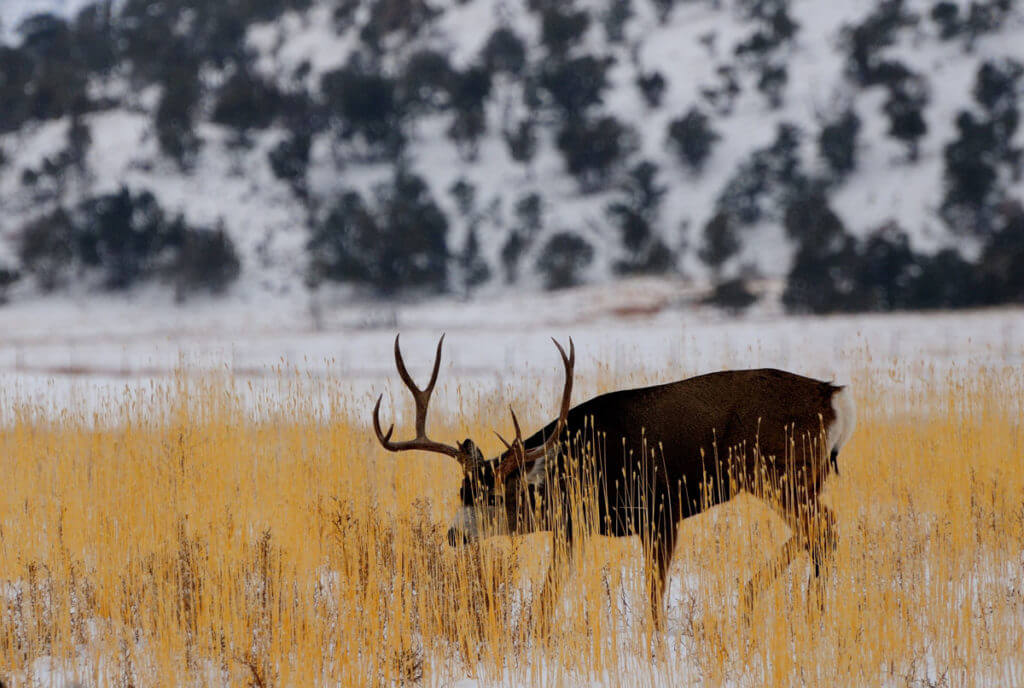
The chill western wind bites into your face and hands as you glass from a high ridge, searching for a big mule deer buck. Then you spot him, browsing in a small sage flat. You study the terrain, plan your stalk, and move out, rifle in hand. Minutes later you’re within range, creeping into position for a shot. You find the big buck in your scope, tear your eyes away from his heavy rack, and settle the crosshairs on his shoulder. Your finger tightens on the trigger…
It’s a scenario that plays out many times every fall in western mule deer country. A popular, effective, and time-honored method, spot and stalk hunting consists of glassing up a buck from a point of vantage, and then stalking within range for a shot. Sometimes the hunter wins the contest, sometimes the deer, but it’s always an awesome experience.
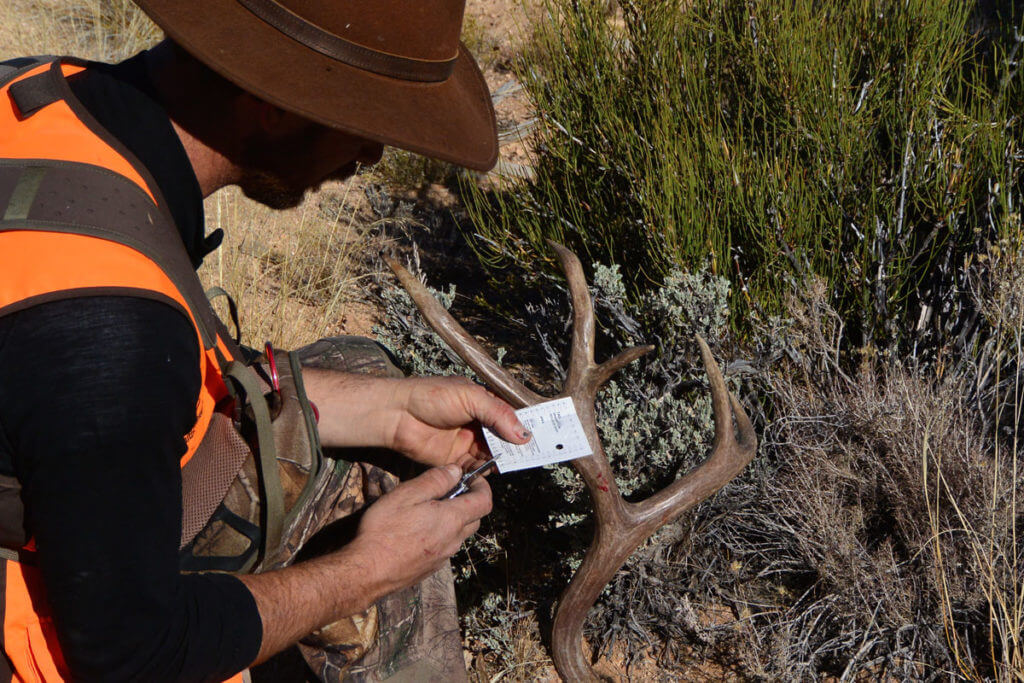
TOOLS OF THE TRADE
Here’s the gear you’ll need for a western spot and stalk hunt:
Optics: Use the best binocular you can afford, and carry it in a chest pouch to protect it from dust and keep it snug to your torso should you need to crawl. I prefer 10X42 field glasses for all-around mule deer hunting. In really big, open country mount you can mount it on a lightweight tripod and then grid the area through the glass, searching every draw and shadow for deer.
Once you’ve spotted animals, switch to a good spotting scope. You’ll likely need to carry your scope up and down mountains in your backpack, so forego the big, heavy models and get a top-quality spotter in the 15-45X65 range. Through this you can study your quarry and determine whether a buck is a shooter.
You’ll need a lightweight but sturdy tripod. Do yourself a favor and leave common cheap little tripods alone. Buy a good one that will hold your optics steady and last for years of hardcore hunting. I recommend those sold by Outdoorsman (aluminum) and Leupold (carbon fiber).
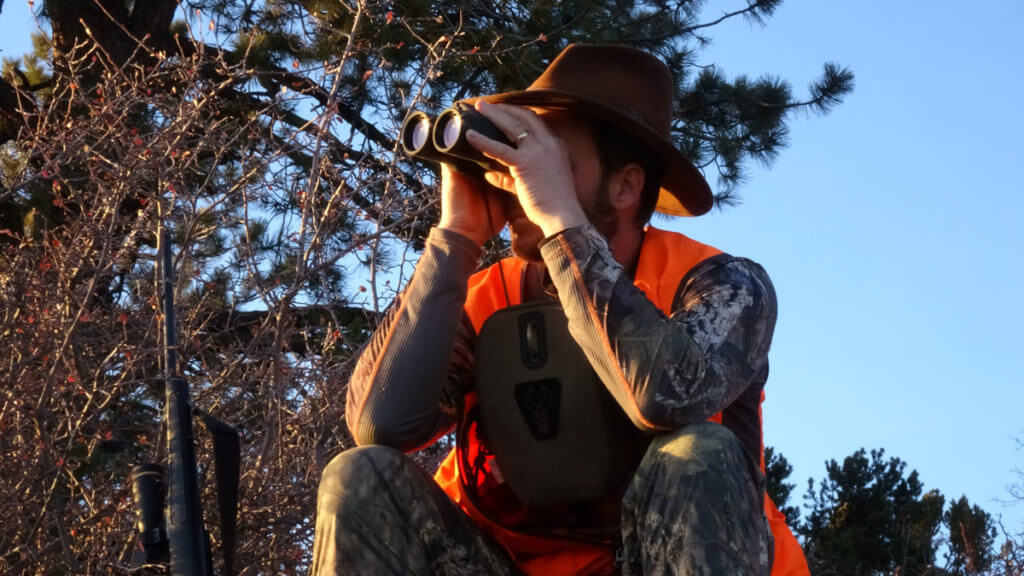
Footwear: Keep your hunting shoes lightweight and breathable, especially during warm early-season hunts. Use footwear with a quiet sole, one that grips rock but doesn’t “clunk” on it. Perhaps most importantly, make sure your footwear is comfortable and well broken-in before your hunt.
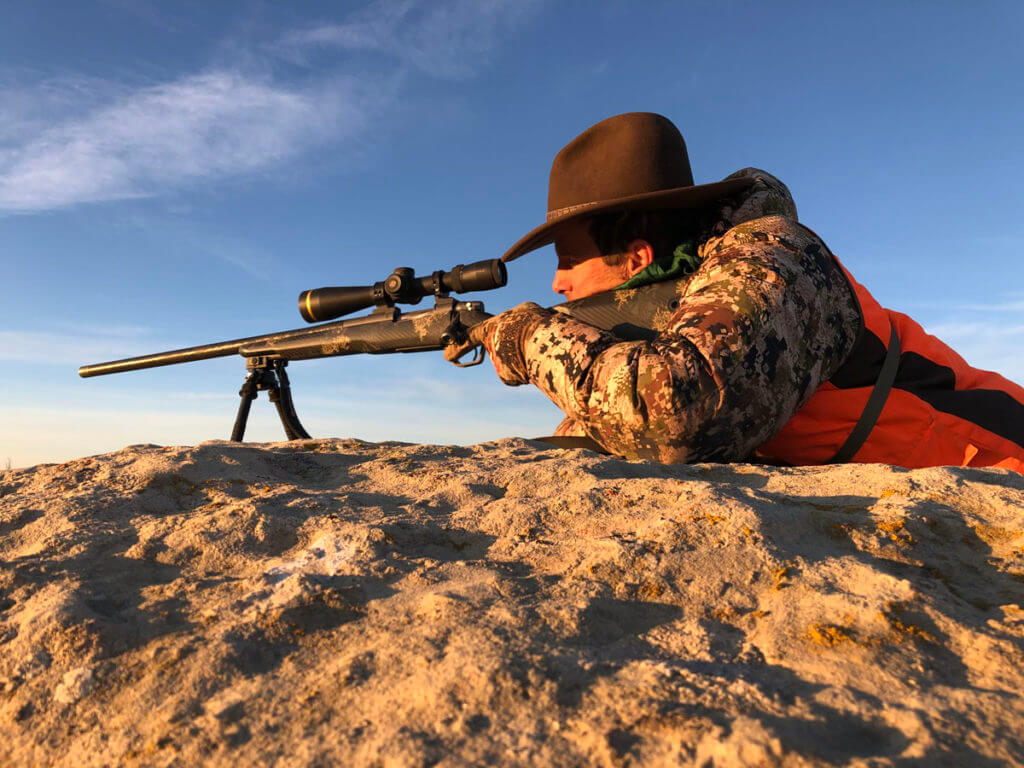
Rifle: Set yourself up for success with a lightweight rifle and scope, and zero it at 200 yards. Learn to dial your scope or compensate for drop to make shots out to 400 yards or more. Practice rapidly assuming various field positions and acquiring your target through the scope, then executing an accurate shot.
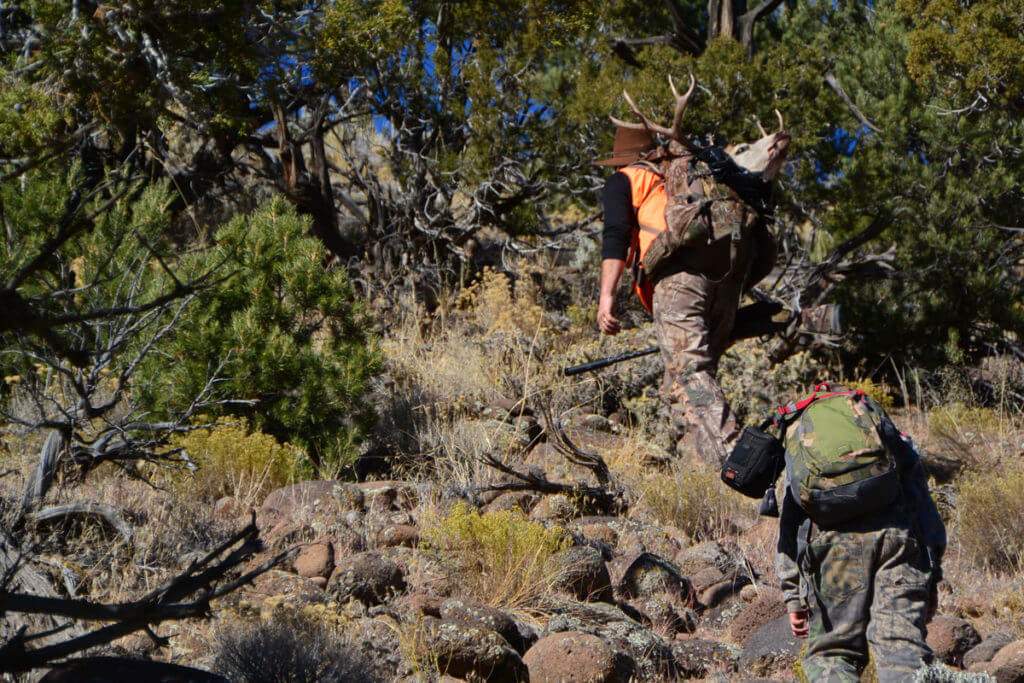
Fitness: You don’t need to be a marathon runner to spot-and-stalk mule deer, but you should be in the best shape possible. Train for climbing up and down rough terrain (stadium steps are good for this) and do cardiac work that’ll prepare you to trot a mile or so in short order.
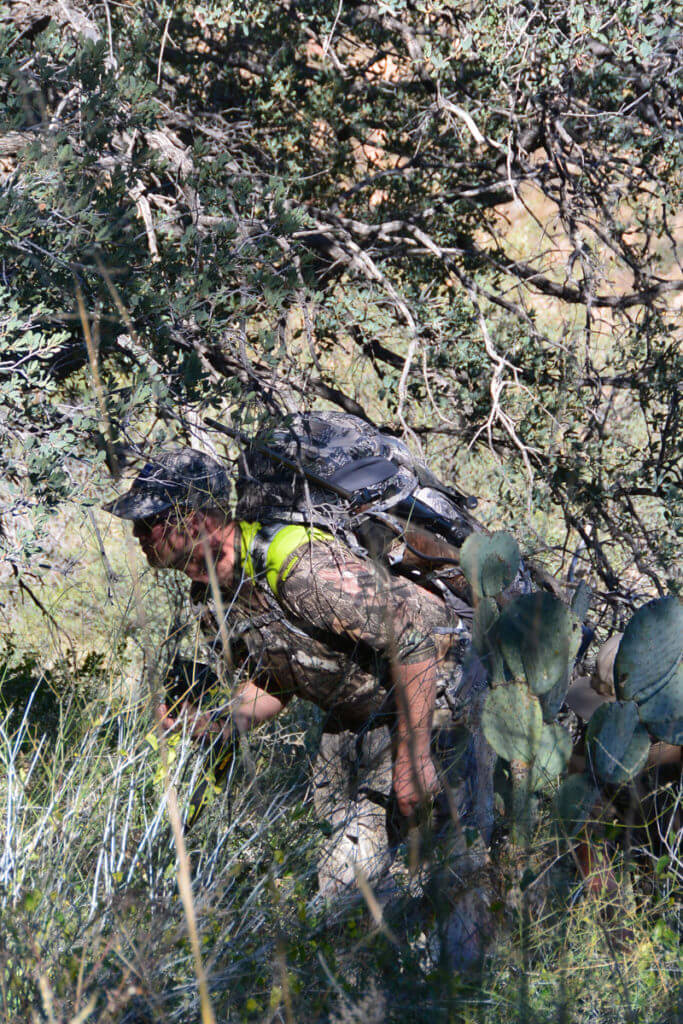
EXECUTE YOUR STALK
Once you’ve spotted a buck that you want to shoot, it’s time to move into position for the shot. Sometimes that’s as simple as moving to the next closer ridge. Other times you may need to circle, crawl, and slither to keep out of sight or get the wind in your favor. A stalk can take a few minutes, or many hours. Here’s what to do:
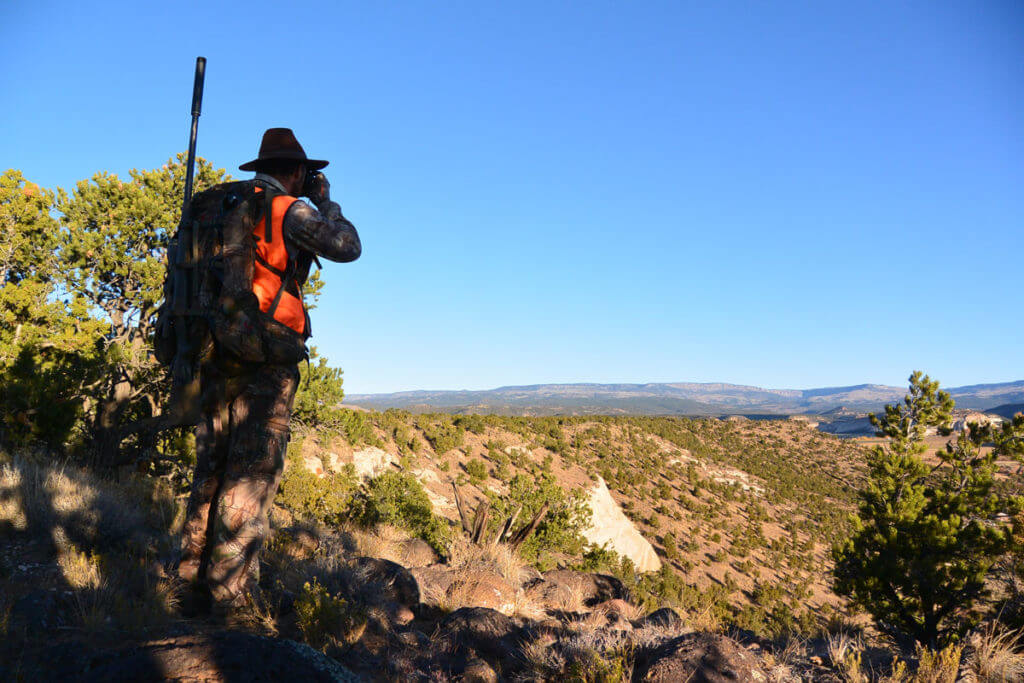
Landmarks And Plans: Note landmarks near the buck. (Once you’ve left your original vantage point everything looks different, and it’s easy to become discombobulated.) Study the wind, and try to figure out which way it’ll be blowing at the deer’s position. Then pick out an end-goal shooting position and plan a route to that spot that’ll keep you under cover and downwind.
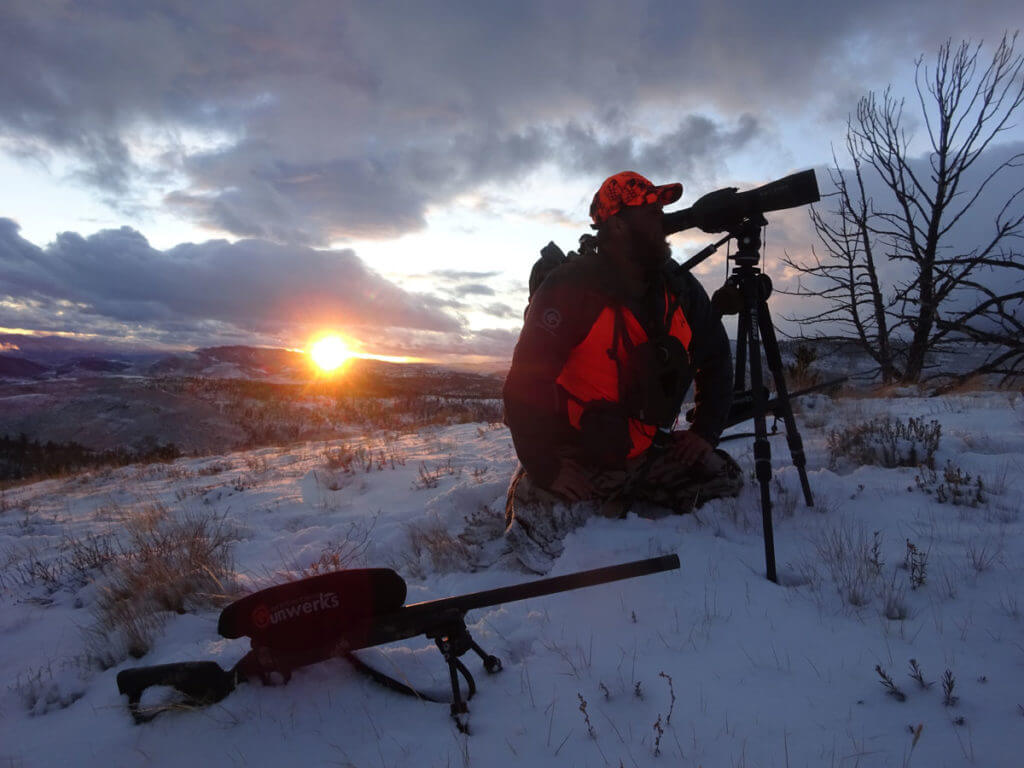
Timing Your Stalk: Deer feeding at dawn or dusk call for immediate action, but only if they’re likely to bed in heavy cover. Make your plan and execute your stalk before the opportunity disappears. Conversely, when you’re hunting above-timberline areas or high-plains country where it’s likely you’ll get to watch a buck settle into his bed, be patient. Stay on your vantage point and just watch until your buck beds down for his morning nap. Then watch and wait some more. He’ll get up and relocate into better shade about 45 minutes after he first beds down. Now go; you’ll have several hours to close the distance.

Hunting With A Partner: Your buddy can dramatically up your odds for success by staying on a vantage point and guiding you into position using radios or hand-held flags. Be aware that radio use for hunting is illegal in many states, and even where legal their use will render your buck ineligible for inclusion in the record books, should he qualify. A better, more sporting method is to use two small but bright hand-held flags. Work out a good set of signals before the hunt, and practice them with your partner in advance so you can communicate fluently. Then he can watch the deer and keep you updated regarding their whereabouts while you execute your stalk.